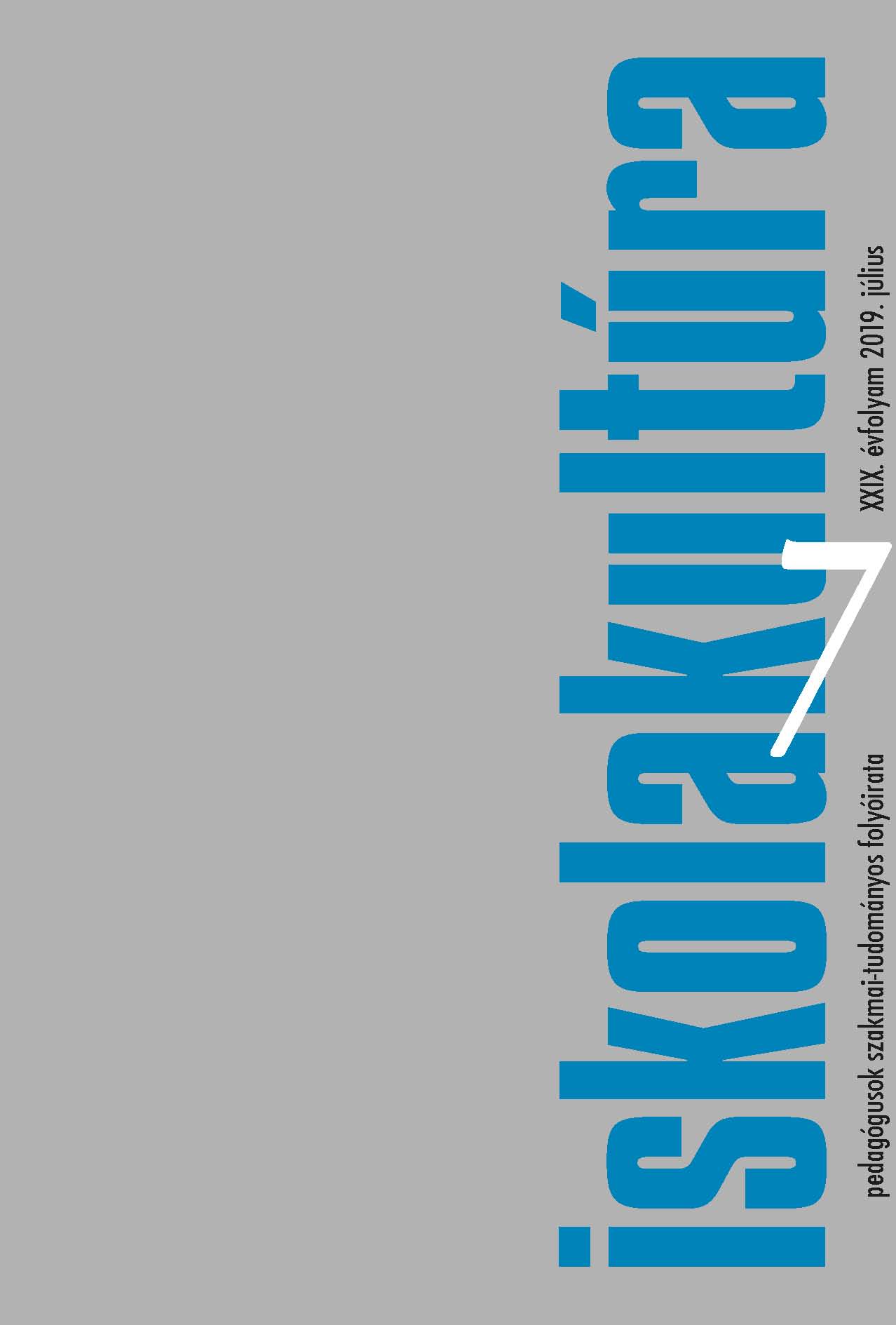The connnection between church schools and selection and segregation
Main Article Content
Abstract
The ratio of church-owned schools, as well as the ratio of students of these schools have so significantly risen since 2010 that reaching the threshold (more than 10%) the maintainer is able to exert an influence on the entire educational system through its attitude (see school policy). Moreover, favouring church school maintainers (on the field of communication, financing, discretionary rights, etc.) is a clearly identifiable behaviour on behalf of the government at the same period. Considering these two processes, and the extreme socio-cultural and socio-economic based selection that characterises the Hungarian educational system likewise, the examination of the church school-effect is well-founded.
The current research examined the selectivity structure of those communities with 2, 3 or 4 schools, where any of the churches with the greatest impact potential maintained a school in 2016. The distribution of the students within the community and its changes can be traced by three indicators in the 8th grade - the Family Background Index (FBI), the proportion of pupils with multiple disadvantages (MD), and the proportion of Roma students - from the databases of the National Assessment of Basic Competences between 2010 and 2016.
According to the analysis, a high degree of student selection took place in the investigated communities already in 2010. In the vast majority of cases, the average Family Background Index of the students of church-maintained schools is higher than the average of the community. Nearly half of the church schools lacked pupils with multiple disadvantages completely. As for Roma students, church schools accomplished total ethnic selection in one fifth of the communities by 2016.
Related to this, the number and proportion of ghetto and ghettoized schools have extremely risen. Examining those communities separately, that lacked church-owned schools in the initial year – and those, that did not have an extreme concentration of Roma students -, a highly polarised student-distribution based on social disadvantages can be seen in the selectivity structure of the schools, after the entry of the church maintainers.
All of the church school maintainers in the research (Roman Catholic Church, Reformed Church, Evangelical Lutheran Church, Greek Catholic Church) can be stated to favour the children of relatively high-status families (without multiple disadvantages or being Roma).

